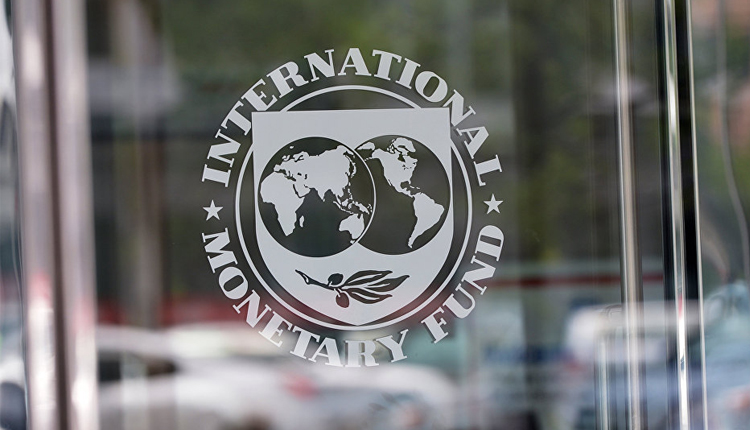IMF says about half of the world's central banks are "at some stage" in exploring their own digital
More than half of the world's central banks are exploring creating their own digital currencies (CBDC), the head of the International Monetary Fund said at the organisation's annual meeting on Tuesday.
Kristalina Georgieva, managing director of the IMF, said 110 countries are at "some stage" of exploring CBDCs. That's just over half of all the central banks the IMF deals with.

China is said to be several years ahead of most other major economies when it comes to launching CBDCs, and is testing the digital yuan. The government and regulators have recently banned the trading and mining of cryptocurrencies. Some small countries, such as the Bahamas, already have CBDCs in operation.
To stay up-to-date on cryptocurrency news and more, as well as to invest successfully yourself, you can visit https://exness1.org/review/.
"Don't forget that before the pandemic, we said the future was digital. With the pandemic, the future is already here and it has an important place in the world of money," Georgieva said.
The US, UK, EU, Canada, Nigeria and India are among the countries trying to step up their efforts on the CBDC front.
"So it's going to happen quite, quite, quite quickly," Georgieva said, referring to the momentum behind the broader CBDC rollout.
Georgieva said it was important to distinguish CBDC from staplecoins and cryptocurrencies such as bitcoin so people can figure out the risks.
"When we look at this universe, our central bank's digital currencies are the most secure. Why? Because they are government-backed and integrated into monetary policy," she said.
She said it remains to be seen whether the public will trust CBDCs and view them as a medium of exchange.
Meanwhile, bitcoin, the most popular cryptocurrency coin, surpassed $50,000 for the first time in months this week. But it has fluctuated between highs around $65,000 and lows around $2,3900 this year. Such volatility is typical for digital currencies such as bitcoin, but not for stabelcoins, which are tied to an underlying asset such as fiat currency.
"They are privately issued but not asset-backed - and that value is more volatile, it can go higher, it can go down. In the history of money, it's hard to think of them as money," Georgieva said. on traditional cryptocurrencies.

